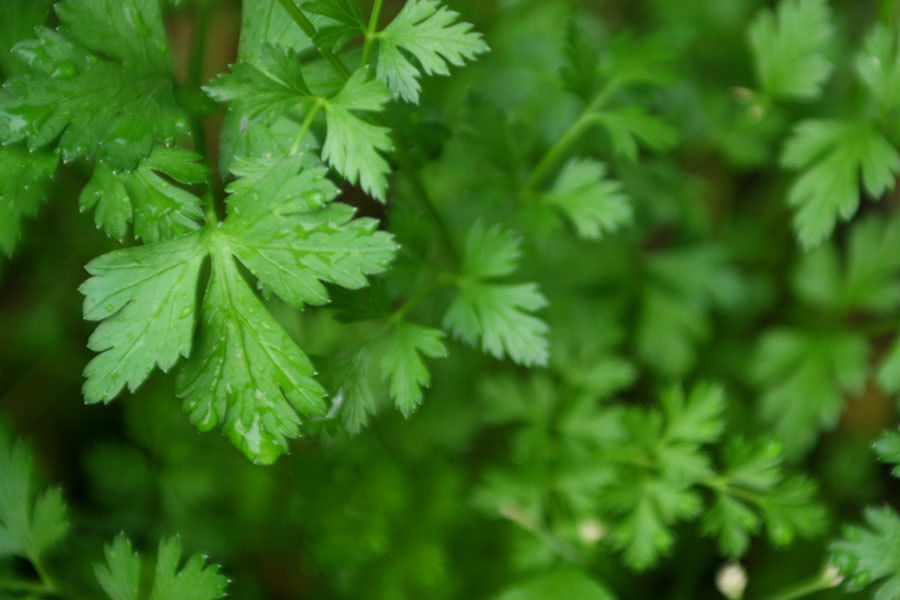
WHAT PLANTS BENEFIT FROM MYCORRHIZAE?
Ectomycorrhizae form on many important woody species including plants in the following families: pine, spruce, hemlock, oak, chestnut, walnut, beech, birch, eucalyptus and willow. Truffles also benefit from ectomycorrhizae. Many of the mushrooms, puffballs, earth stars and truffles found beneath trees are sexual reproductive structures (called sporocarps) of ectomycorrhizal fungi which develop from hypae (hair-like projections of the fungus) attached to the mycorrhizal root (Hacskaylo 1972).
Endomycorrhizae are much more common than ectomycorrhizae and occur in more than 90 percent of all land plants (Harley & Smith 1983). Endomycorrhizae are usually associated with herbaceous (non-woody) plants such as wheat, corn, tomatoes, onions, strawberries, legumes, grasses and many others. Endomycorrhizae also form in some trees such as apple, orange and other citrus trees. Most mycorrhizae research being conducted and products on the market are endomycorrhizal based. The development of our internationally patented Inoculum from Ectomycorrhizal Fungi forming Endomycorrhizal Infection with Herbaceous Plants allows virtually all of the world's land plants to benefit from mycorrhizal technology.
References:
Hacskaylo, E. (1972). Mycorrhizae the ultimate in reciprocal parasitism. Bioscience, 22, 577-583.
Harley, J.L. & Smith, S.E. (1983). Mycorrhizal symbiosis. New York: Academic Press.
